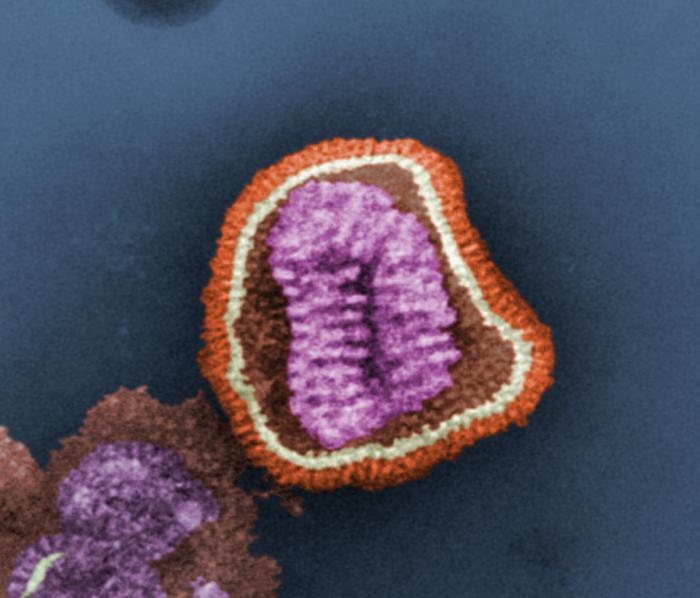Treatment with Toll-like Receptor (TLR) Ligands 3 and 21 Prevents Fecal Contact Transmission of Low Pathogenic H9N2 Avian Influenza Virus (AIV) in Chickens
Transmission of H9N2 avian influenza virus (AIV) can occur in poultry by direct or indirect contact with infected individuals, aerosols, large droplets and fomites. The current study investigated the potential of H9N2 AIV transmission in chickens via a fecal route. Transmission was monitored by exposing naïve chickens to fecal material from H9N2 AIV-infected chickens (model A) and experimentally spiked feces (model B). The control chickens received H9N2 AIV. Results revealed that H9N2 AIV could persist in feces for up to 60-84 h post-exposure (PE). The H9N2 AIV titers in feces were higher at a basic to neutral pH. A higher virus shedding was observed in the exposed chickens of model B compared to model A. We further addressed the efficacy of Toll-like receptor (TLR) ligands to limit transmission in the fecal model. Administration of CpG ODN 2007 or poly(I:C) alone or in combination led to an overall decrease in the virus shedding, with enhanced expression of type I and II interferons (IFNs) and interferon-stimulating genes (ISGs) in different segments of the small intestine. Overall, the study highlighted that the H9N2 AIV can survive in feces and transmit to healthy naïve chickens. Moreover, TLR ligands could be applied to transmission studies to enhance antiviral immunity and reduce H9N2 AIV shedding.
